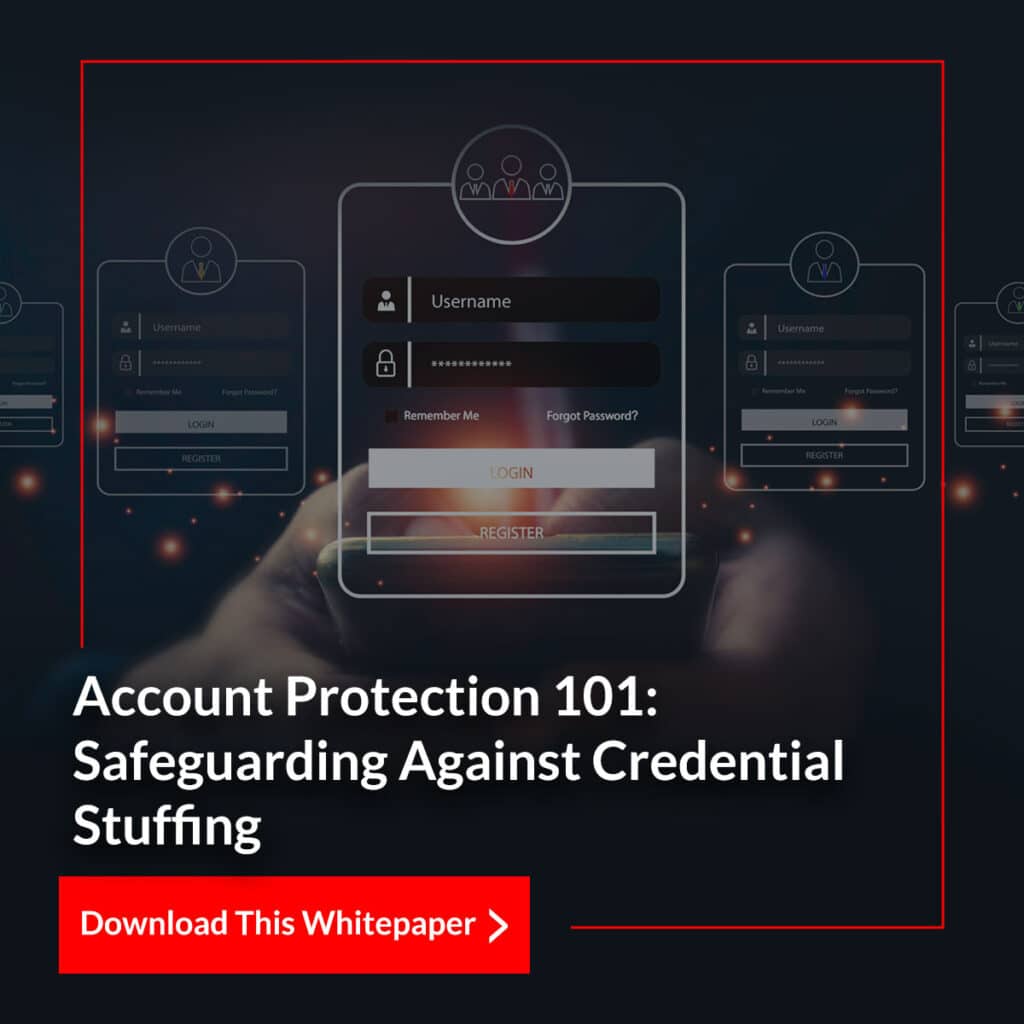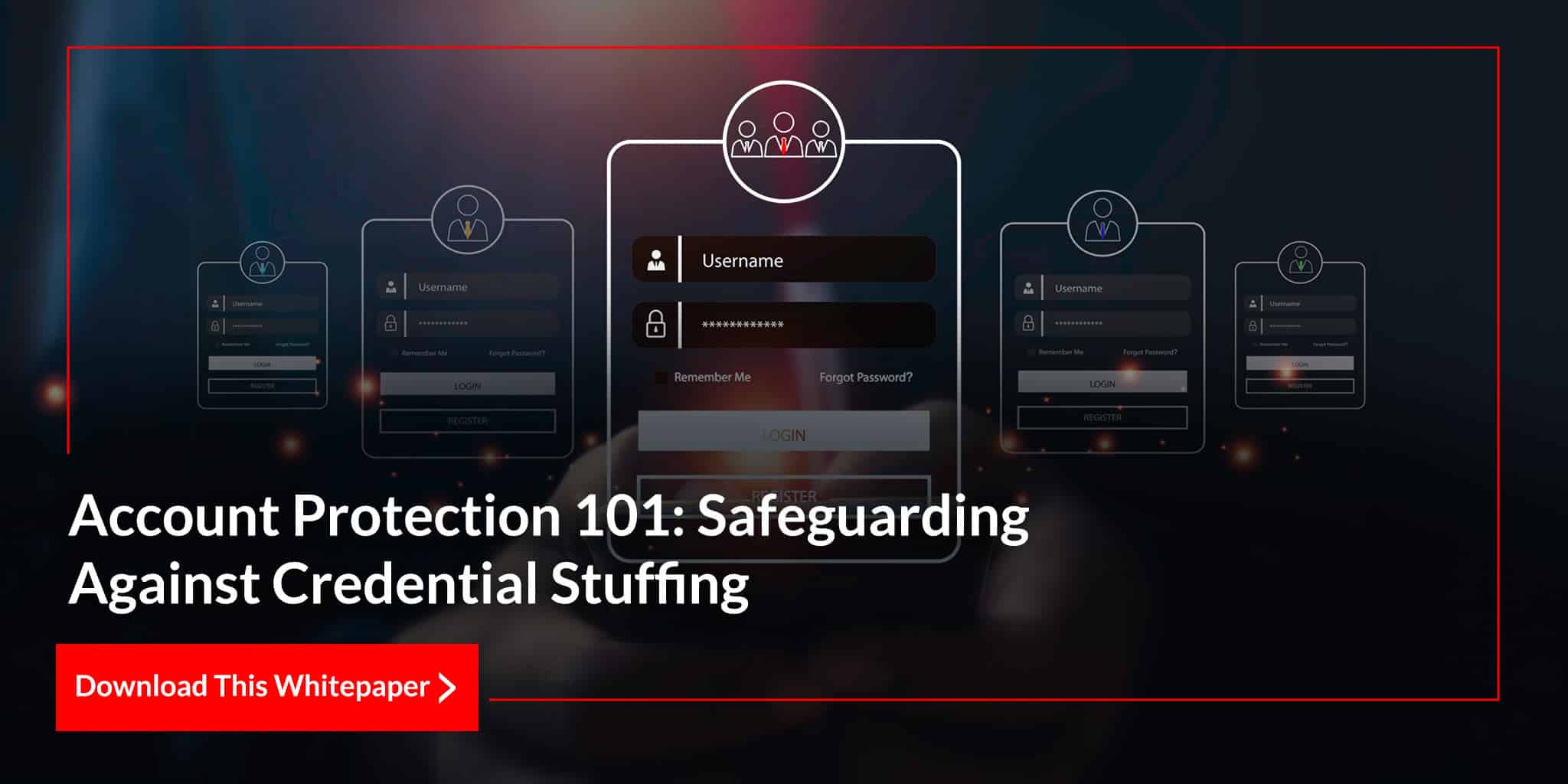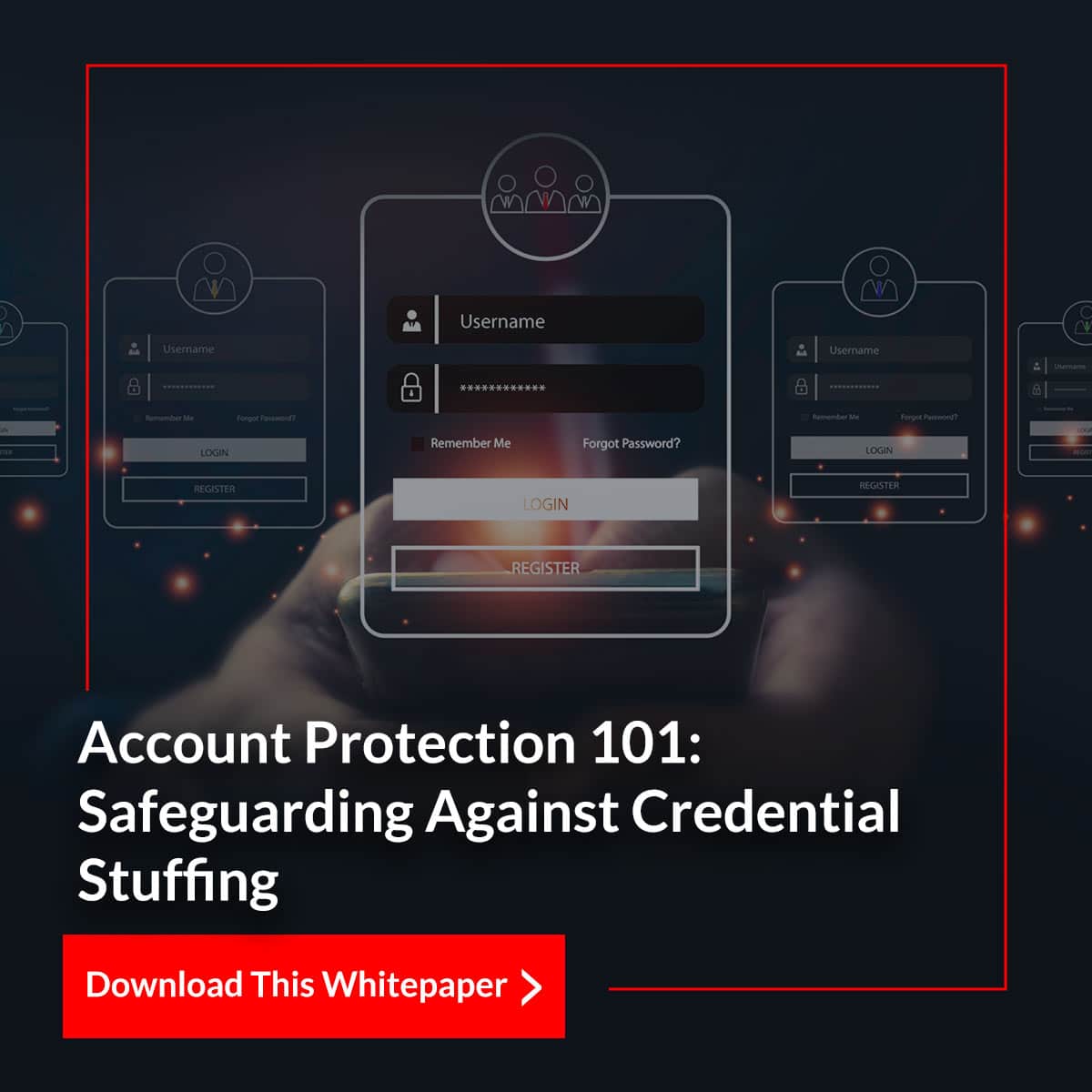Account Protection 101: Safeguarding Against Credential Stuffing
- 27-June-2024
- Kunal Sehgal
- Network Security
Credential stuffing is a cyberattack technique where attackers use stolen login credentials to gain unauthorized access to user accounts. With the evolving scope of automation technology, attackers leverage this to rapidly brute force millions of stolen username-passwords. This method capitalizes on the fact that many users reuse passwords across multiple accounts, increasing the likelihood of successful breaches. The attack lifecycle begins with the acquisition of stolen credentials, often sourced from data breaches, phishing campaigns, or purchased on the dark web. Attackers then deploy specialized automation tools, bots, and scripts to test these credentials across applications and services systematically.
The EC-Council’s latest cyber security whitepaper, “Account Protection 101: Safeguarding Against Credential Stuffing,” emphasizes the impact of credential stuffing on the cybersecurity landscape, stressing that individuals and organizations face increased risks of data breaches and financial losses due to reuse of credentials. The whitepaper also emphasizes the crucial role of automation in credential stuffing attacks, which significantly amplifies its scale and efficiency. Tools like Selenium, Sentry MBA, and Snipr are commonly used by attackers to expedite the process, targeting login portals of popular websites, financial institutions, and online services. Successful breaches enable attackers to monetize the compromised accounts in various ways, including selling access to these accounts, committing fraud, or extracting sensitive information.
Moreover, the whitepaper also emphasizes protection against credential stuffing through the adoption of a multi-layered security approach. Implement robust password policies, encourage using unique passwords through password management, and enforce multi-factor authentication. Additionally, adopting proactive threat intelligence to detect, identify and thwart suspicious access and users, alongside rate limiting, IP blocklisting, and CAPTCHA security, act as effective deterrents against automated attacks. Organizations should also invest in user education to raise awareness about password reuse and phishing risks.
In conclusion, “Account Protection 101: Safeguarding Against Credential Stuffing” is a comprehensive guide for businesses and individual users alike to understand the mechanisms of credential stuffing and adopting proactive defense measures, organizations can better protect themselves and their users from this growing cybersecurity menace, by necessitating comprehensive security strategies to mitigate its risks.









